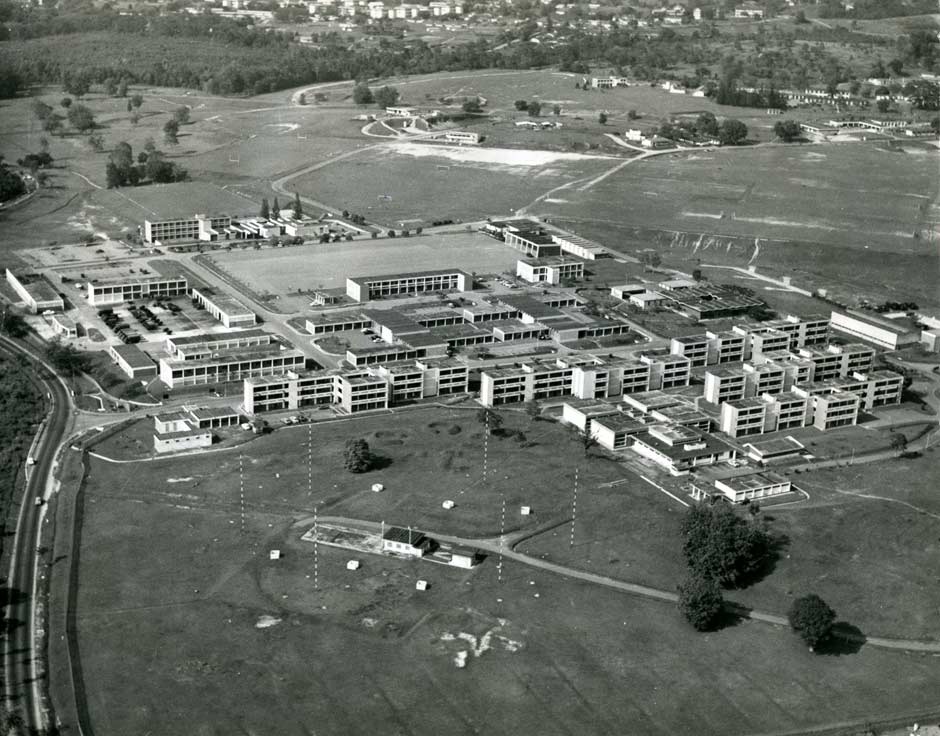
This 1975 aerial photgraph shows Dieppe Barracks, the base of the Royal New Zealand Infantry Regiment (1RNZIR) in Singapore.
1RNZIR was relocated south from Terendak Camp in Malaysia to Singapore in December 1969. At first they were stationed at Nee Soon Garrison, but in June 1971 they were moved to Dieppe Barracks. New Zealand maintained its battalion in Singapore until 1989.
Before the 1RNZIR took over the site, Dieppe Barracks was the home of Number 40 Royal Marine Commando. The presence of British military bases in Singapore was one reason for Indonesian President Surkano’s hostility towards Malaysia, which, during part of the Confrontation period, incorporated Singapore.

Community contributions